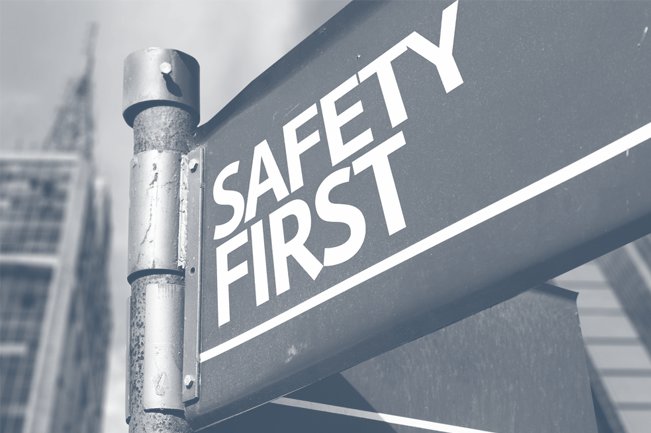Elevator Design that has Killed Children for Years
Thousands of people have installed small elevators in their multiple story houses and condos all over the country, but many are unaware of how hazardous these elevators can be for small children. Several incidents have been reported of children entrapping themselves between the hoistway door (a swing like door which looks like a closet or room door) and the accordion style door (that encloses the elevator). When the outside hoistway door closes it automatically locks so that it cannot be opened when the elevator is in use. When the child entraps themselves in this space and the elevator is in motion it can cause severe injuries, brain damage, and even death.
This terrible scenario happened to the Helvey family in 2010. Jacob Helvey was three-years-old when he decided to follow his mom upstairs who was moving some laundry. Jacob closed himself in the open space. When his mom heard the noise, she summoned the elevator upstairs which in turn crushed Jacob’s back and caused him to suffer severe brain damage.
Even though there are no warnings of this dangerous gap, the elevator manufacturers have been aware of children being killed or severely injured since the 1930s. Otis, a large elevator manufacturer, revealed in a New Jersey case brought against them that from 1983-1993 there were 34 injuries in the New York and New Jersey area alone. The Consumer Product Safety Commission (CPSC) was alerted with of design defect and the results that the Helvey family and attorneys for similar cases had found, but no action has been taken by the CPSC.
Otis, knowing about the many the injuries and deaths of children, had a patent for an inexpensive shield that could be installed at the bottom of the door to prevent a child or person from putting themselves inside that gap, but it was never installed. An inter-office memo dated in 1943 was found. It read that even with the shield it is still possible for a person to hang or support themselves above the shield and still potentially retain a serious injury. Certain hardware would need to be removed to ensure proper safety. But Otis never took the initiative to remove it or even alert owners and consumers.
After Otis’s dirty laundry was aired in several cases, they initiated a safety campaign and fixed 4,000 elevators by installing proper space guards. They even initiated a legislative campaign to have all states adopt the ASME standards related to the space problem. Most states either did not adopt the standard or the ASME standards changed which made the gap for children to slip into even wider. What could be an easy and inexpensive fix was never truly fixed. With Otis being one of the safest elevator manufactures having this many problems, it is scary to think that this is going on with other manufacturers all over the country. There are dozens of elevator manufacturers and none of them are being regulated by the Consumer Product Safety Commission.
For more information on this story as well as other product liability related subjects you can visit www.safetyresearch.net.
